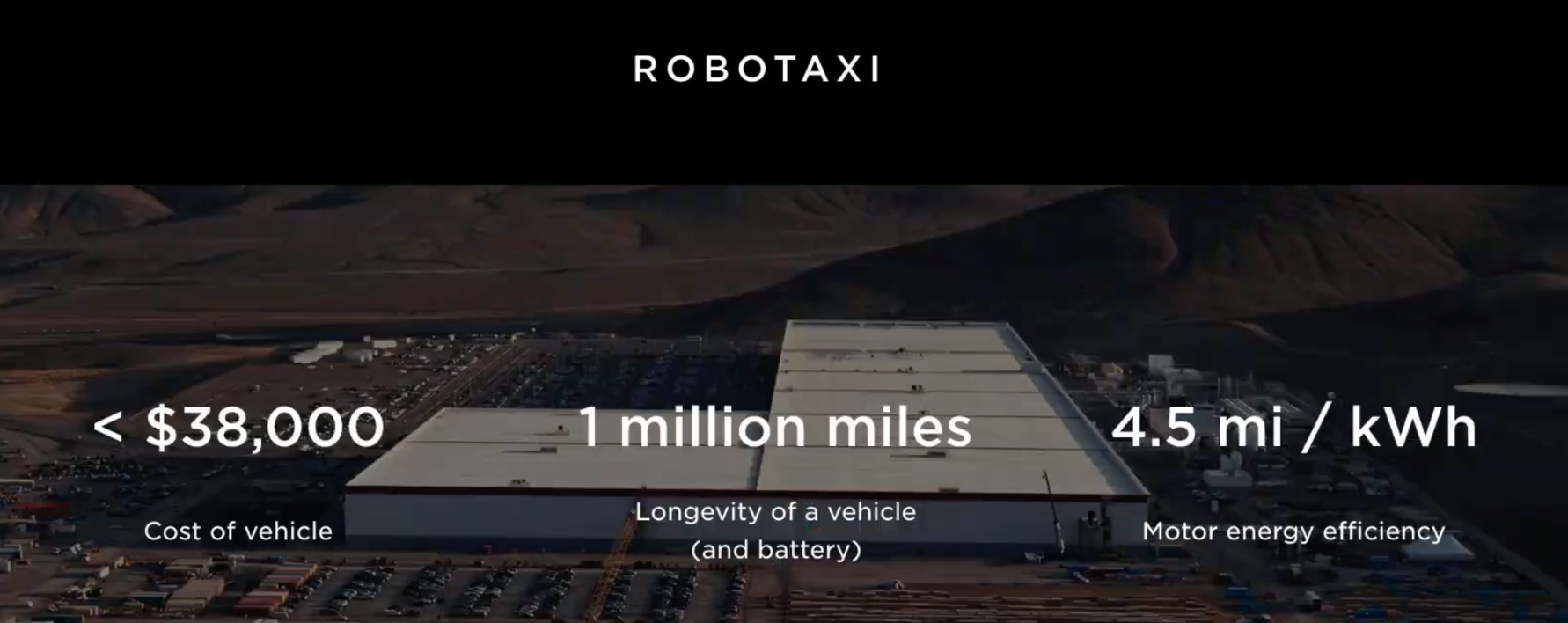
Sign up for daily news updates from CleanTechnica on email. Or follow us on Google News!
Energy dominance is a dopey theme, and it’s no shocker to see President Trump make it sound even more idiotic. Despite his bloviating about the greatness of fossil energy, the numbers show that renewable energy is the best way for the US to assert “energy dominance,” whatever that is. Renewables accounted for more than 90% of the new electricity generating capacity added in the US last year, and there’s plenty more where that comes from.
Renewable Energy In The US, By The Numbers
Considering the attempted coup now underway (don’t just take my word for it), it’s something of a relief to see that the Federal Energy Regulatory Commission (FERC) is still at the job of issuing its monthly energy reports. Still, the agency is not exactly trumpeting the great showing by renewable energy last year. So far, FERC has not posted a press release summarizing the 2024 data on its website.
Nevertheless, last week the organization SUN DAY Campaign sent a summary of the 2024 report to its mailing list, which it found at FERC under the heading “Energy Infrastructure Update for December 2024,” dated February 6 of this year.
As summarized by the SUN DAY Campaign, the renewable energy picture in the US is somewhat lopsided. Solar energy alone accounted for over 81% of the new capacity added in December 2024, with the total coming in at 90.5% for the year.
The low showing from wind developers is not a surprise, and the picture does not look any better this year. President Trump single-handedly dealt a lethal blow to the US offshore wind industry — and its 40-state supply chain, too — when he froze federal offshore leases. Onshore wind activity, though, still has some potential to pick up, including contributions from the wind farm repowering industry.
Renewable Energy And The Capacity Factor
On the bright side, the renewable energy picture is much brighter for the US solar industry, which does not depend on federal leases. In that regard, the SUN DAY campaign draws particular attention to the all-important capacity factor.
On a standalone basis, nuclear energy has a higher capacity factor than any other means of generating electricity, because nuclear power plants can run close to maximum power any time of the day or night. Capacity factor is a measurement of how much of a plant’s maximum 24/7 power is actually output, explains the US Department of Energy.
“A plant with a capacity factor of 100% means it’s producing power all of the time. Nuclear has the highest capacity factor of any other energy source—producing reliable, carbon-free power more than 92% of the time in 2021,” the Energy Department adds.
SUN DAY factored in capacity factor to compare the kilowatts added by solar, nuclear, and natural gas facilities. Even with a lower capacity factor, the cumulative total of solar energy beat nuclear and natural gas by significant margins in 2024.
“Adjusting for the differences in capacity factors among solar, nuclear power, and natural gas, the new solar capacity added in 2024 is likely to generate seven times as much electricity as the new nuclear capacity and about five times as much as might be expected from the new natural gas capacity,” SUN DAY explains.
Who’s Afraid Of Renewable Energy?
The SUN DAY Campaign based its calculations on FERC data, which show that 105 units of solar power went into service in December of 2024 alone, for a total of 4.369 gigawatts. Between wind, solar, and biomass, renewable energy accounted for 86.9% of added capacity in December, with natural gas making up the rest with a relatively small contribution of 717 megawatts.
Pulling back to the renewable energy picture for the full year of 2024, the SUN DAY Campaign noted a total of 30.816 gigawatts for solar and 3.128 gigawatts for wind.
“Combined with 213-MW of hydropower, 51-MW of biomass, and 29-MW of geothermal steam, renewables were 90.5% of capacity,” the organization adds, with the balance coming from the 1.1-gigawatt Vogtle-4 nuclear power plant in Georgia and 2,428 megawatts of natural gas.
Coal and oil made a feeble showing of 13 megawatts and 11 megawatts, respectively.
A Brighter Tomorrow For The Republic …
There is still a long way to go on the US electricity decarbonization pathway. Still, the journey is not as long as the FERC data suggest. SUN DAY notes that FERC only collects information on about 70% of solar capacity in the US. The other 30% consists of rooftop solar and other small scale installations, which are not included in monthly reports.
Excluding small-scale solar, FERC arrived at 31% for the share of renewable energy in overall US electricity generating capacity as of 2024. With small-scale solar included, SUN DAY calculates a small but meaningful bump up to about 33% for renewables, including wind, hydropower, biomass, and geothermal.
In addition, SUN DAY draws attention to FERC’s short term outlook for renewable energy additions.
“Solar’s share of U.S. generating capacity is now 10x greater than a decade ago while wind’s is more than double,” SUN DAY emphasizes, noting that FERC expresses a “high probability” that new additions of solar capacity will total more than 9.1 gigawatts between now and December 2027, with wind coming in second with more than 2.3 gigawatts.
“On the other hand, there is no new nuclear capacity in FERC’s three-year forecast while coal, oil, and natural gas are projected to contract by 23,925-MW, 2,293-MW, and 833-MW respectively,” SUN DAY notes.
… If You Can Keep It
Don’t just take their word for it. The US Energy Information Agency, an independent branch of the Energy Department, summarized its short term energy outlook on January 24 of this year, leading off with the comment that “we expect that U.S. renewable capacity additions—especially solar—will continue to drive the growth of U.S. power generation over the next two years.”
EIA anticipates another 26 gigawatts of utility-scale solar this year and 22 more in 2026. “We forecast wind capacity additions will increase by around 8 GW in 2025 and 9 GW in 2026, slight increases from the 7 GW added in 2024,” they added.
In a normal world, if the experts expect that renewable energy in general, and solar energy in particular, will “drive the growth” of power generation in the US, then one would expect that to be reflected in federal energy policy. Except, not. Nothing about the Trump administration reflects the normal conduct of US government business, not the energy policy nor anything else.
It doesn’t have to be that way. If you are concerned that a coup attempt is well underway, “attempt” is the operative word. Public opinion still matters. Let your representatives in Congress know what you think.
Follow me via LinkTree, or @tinamcasey on LinkedIn and Bluesky.
Image (cropped): So much winning! Renewable energy in general, and solar energy in particular, will overrun the dopey “energy dominance” policy expressed by President Trump (courtesy of US DOE).
Chip in a few dollars a month to help support independent cleantech coverage that helps to accelerate the cleantech revolution!
Have a tip for CleanTechnica? Want to advertise? Want to suggest a guest for our CleanTech Talk podcast? Contact us here.
Sign up for our daily newsletter for 15 new cleantech stories a day. Or sign up for our weekly one if daily is too frequent.
CleanTechnica uses affiliate links. See our policy here.
CleanTechnica’s Comment Policy




